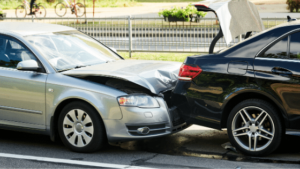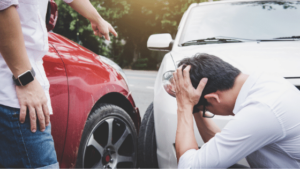
How Many People Die From Being Hit By A Car?
Driving is an inherently dangerous activity, and it comes with more risks than flying on an airplane or hopping on a long train ride. Despite the overwhelming amount of information

Driving is an inherently dangerous activity, and it comes with more risks than flying on an airplane or hopping on a long train ride. Despite the overwhelming amount of information

Dogs are everywhere, and chances are, you have a furry friend of your own. Although dogs are adorable, all of them are capable of biting, regardless of their breed or

Car accidents are a traumatizing experience that can lead to severe injuries, long-term emotional instability, and expensive medical bills. Moreover, car accidents claim approximately 100 lives every day, according to

The average American will experience at least four car accidents in their lifetime, according to Forbes. Thankfully, the probability of severely injuring yourself or others is low; however, costly repairs

When an event results in injury, one of the first questions on people’s minds is, “Whose fault was it?” When multiple parties may be at fault, it’s up to the

Over three million people are injured each year in car accidents in the U.S. alone, according to the National Highway Traffic Safety Administration. Some injuries don’t require medical attention, but
UTAH INJURY LAWYERS
Flickinger • Boulton
• Robson • Weeks
PROVO OFFICE
3000 N University Ave
Suite 300
Provo, UT 84604
SOUTH JORDAN OFFICE
10393 S. Temple Dr.
Suite 103
South Jordan, Utah 84095
OFFICE HOURS
Monday- Friday: 8AM-5PM
Saturday-Sunday: Closed
*Disclaimer: the information provided by this website is for informational purposes only and should not be considered legal advice or a substitute for competent legal counsel.
**SMS consent and contact phone numbers will not be shared or sold to third parties or their affiliates for any purpose.
© 2025 All Rights Reserved.